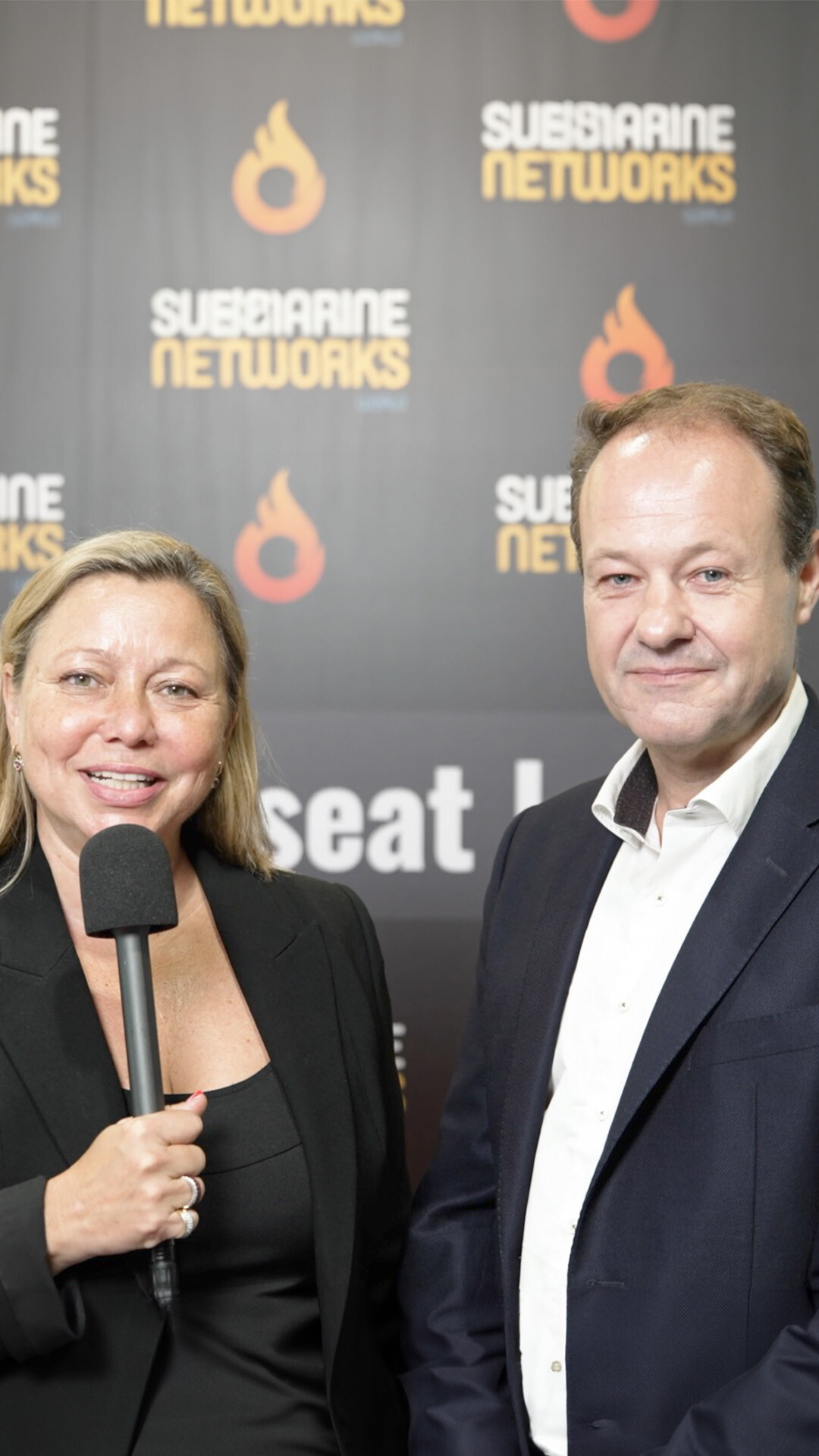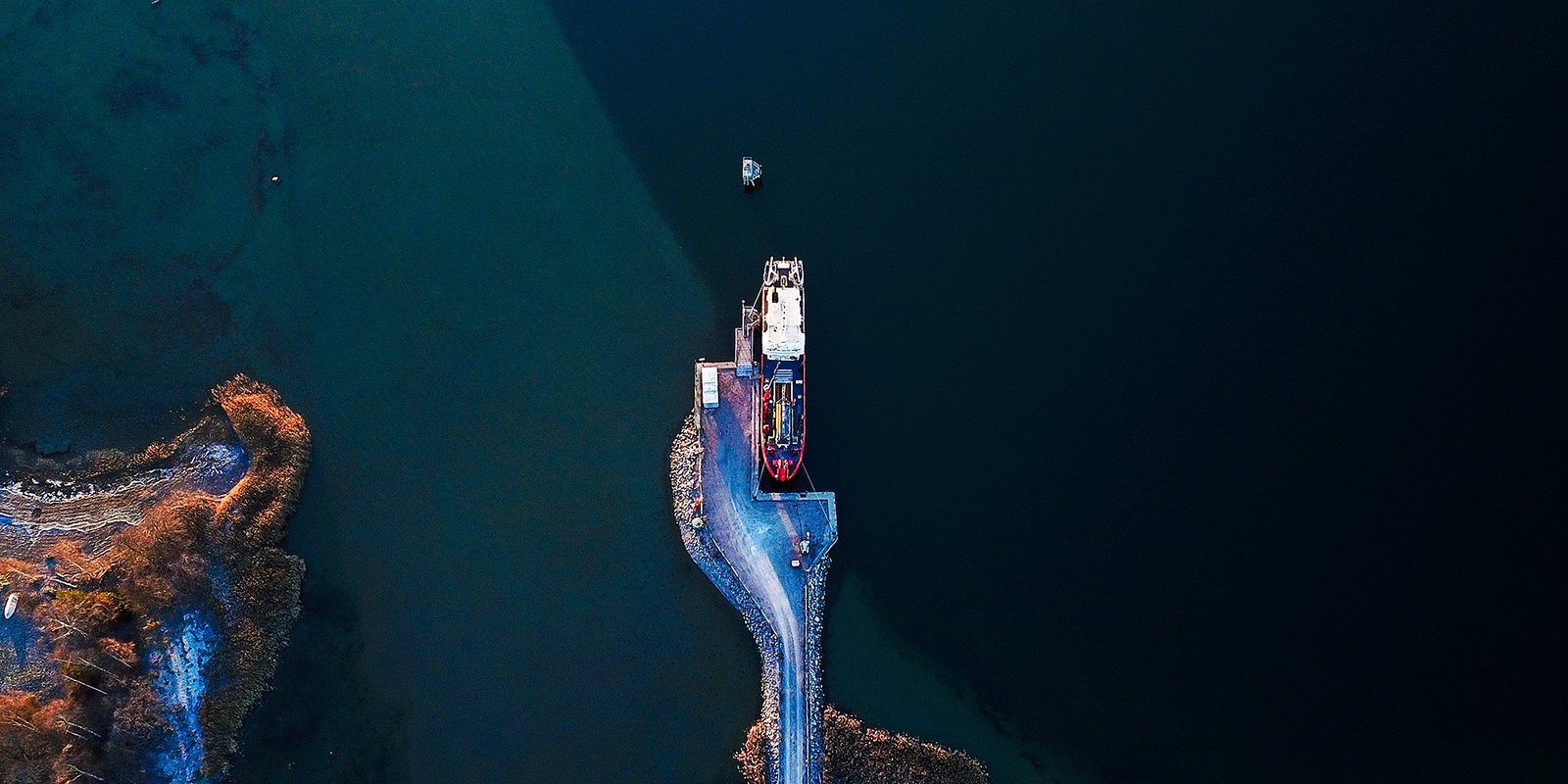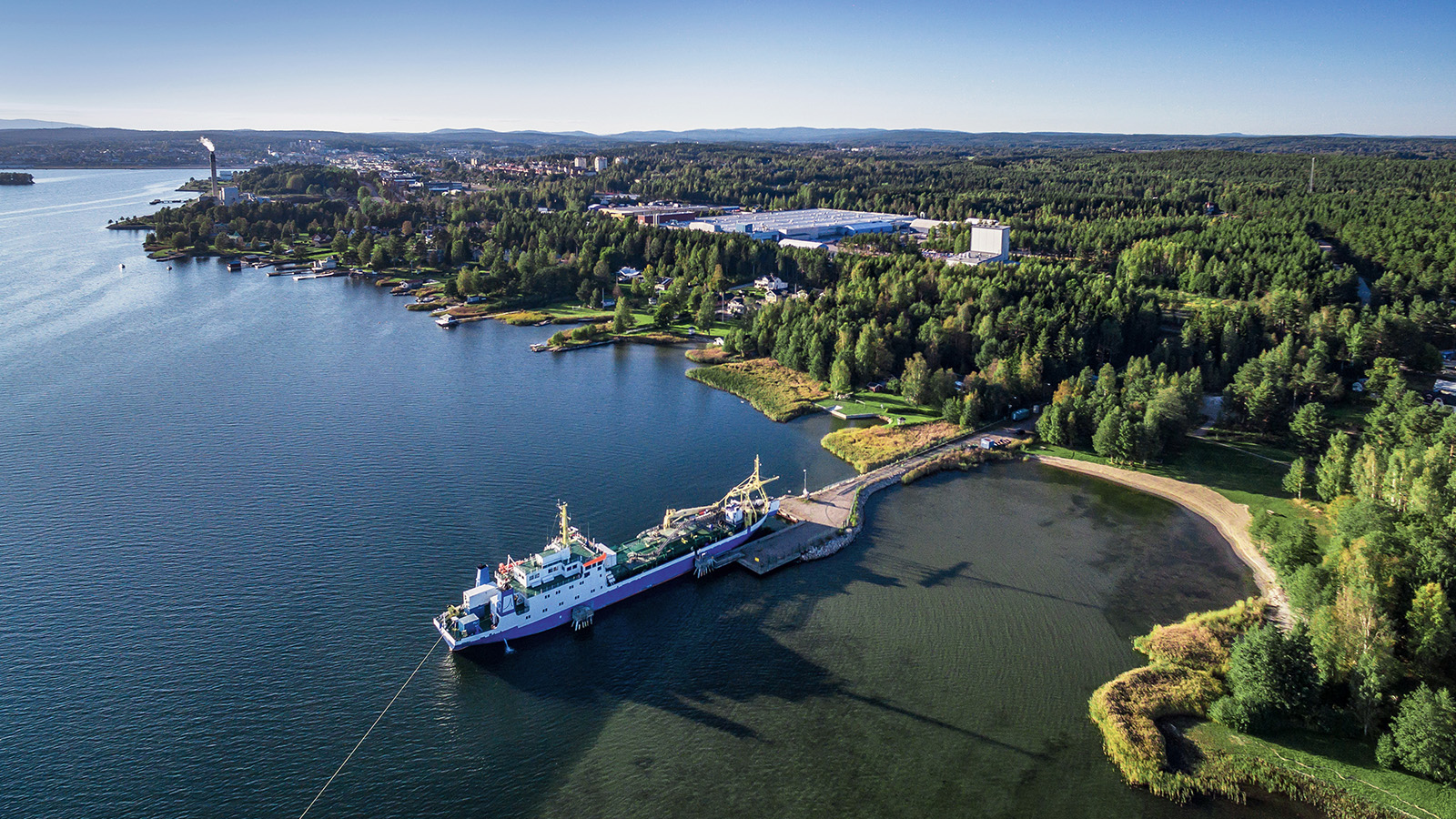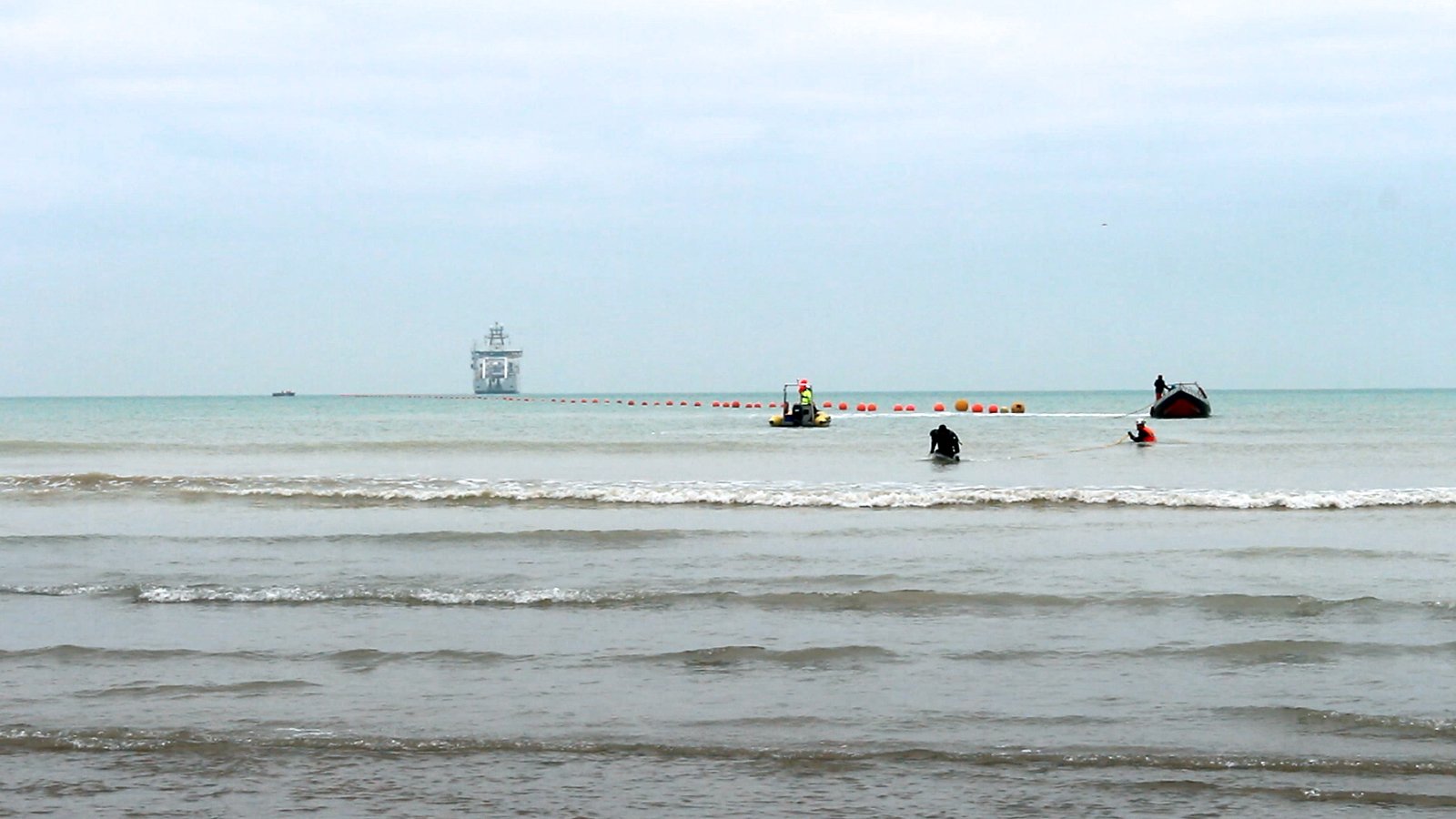At Hexatronic we stand at the forefront of sustainable subsea telecommunications cable solutions, a commitment that shines brightly in light of the recent findings from the Sustainable Subsea Networks report on ‘Best Practices in Subsea Telecommunications Sustainability’. This groundbreaking report, the result of two years of diligent research spanning 2021 to 2023, marks a pivotal moment in the subsea industry's long-standing journey towards environmental responsibility.
The report's executive summary offers a compelling narrative of the industry's keen awareness of its environmental impact. While subsea cables often fly under the radar in discussions about carbon emissions and sustainability given their comparatively small impact, their critical role in global connectivity cannot be overstated. With over 99% of transoceanic data traffic coursing through undersea cables, they serve as the silent arteries of our digital world; a communications back bone, which in itself provides additional opportunities for carbon efficiency.
The report underscores the industry's growing acknowledgment of its continued responsibility to minimize its own environmental impact. Companies and organizations within the subsea cable sector have begun to develop their approaches to sustainability, with cooperation across the industry to share ideas and best practises.
Sustainable Subsea Networks Report 2024
Enter the Sustainable Subsea Networks project an initiative spearheaded by the SubOptic Foundation and led by Dr Nicole Starosielski of the University of California, Berkeley. Through research, events, and discussions, this project has been instrumental in fostering industry-wide cooperation to address sustainability challenges head-on. The report represents a culmination of these efforts, providing a comprehensive guide to current sustainability practices and outlining pathways for future improvement.
The team’s findings shed light on the diverse array of initiatives underway across the industry. From carbon accounting and disclosure to sustainable design and operations, companies are exploring various avenues to reduce their environmental footprint. Key themes emerge, including the importance of measurement, transparency, and collaboration in driving meaningful change and it is apparent that the industry's sustainability journey is both multifaceted and dynamic.
One key takeaway from the report is the growing trend towards carbon accounting and disclosure within the subsea cable industry. While transparency has historically been limited in this sector, leading companies are increasingly recognizing the importance of measuring and reporting their carbon emissions. By doing so, they not only gain a clearer understanding of their environmental impact but also create opportunities for benchmarking, accountability, and improvement.
Moreover, the report highlights the importance of embracing shared metrics and standards to guide sustainability efforts effectively. Climate targets, standards bodies, and certifications offer frameworks for structuring action and measuring progress. While the adoption of existing frameworks is encouraging, there remains a need for collaboration to integrate and harmonize metrics across the industry. By aligning on common standards, companies can better track their performance, identify areas for improvement, and demonstrate their commitment to sustainability.
Designing for sustainability is another key theme explored in the report. Considerations for future networks include the use of sustainable materials, route planning to minimize carbon footprint, and resilient network design. Companies are increasingly exploring innovative solutions to reduce the environmental impact of their operations, from adopting slimmer cable designs to investing in renewable energy sources. These efforts not only reduce carbon emissions but also position companies for long-term success in a rapidly changing landscape.
Efficiency emerges as a recurring theme, with companies exploring ways to optimize energy use and reduce waste across the entire lifecycle of a cable. From energy-efficient manufacturing processes to fuel-efficient cable ships and landing stations, there are myriad opportunities to improve efficiency and minimize environmental impact. By embracing technology and innovation, companies can drive significant reductions in carbon emissions while enhancing operational performance and resilience.
Supporting renewable energy is another key focus area for sustainability in the subsea cable industry. Companies can contribute to decarbonization efforts by purchasing or investing in renewable energy sources for their operations. This includes plugging into shore power at cable landing stations and exploring future transitions to cleaner fuel sources for cable ships. While progress in this area has been promising, there is still much work to be done to accelerate the adoption of renewable energy across the industry.
How Does Hexatronic Fare?
The report notes that Hexatronic's contributions to sustainable subsea networks are exemplary. Highlighting the company's commitment to renewable energy sources, exemplified by our Hudiksvall plant being powered entirely by hydropower, which sets a high standard for environmental stewardship. Moreover, our innovative cable designs, such as the adoption of slimmer profiles and potential of zero-carbon steel, demonstrate a forward-thinking approach to sustainability.
Hexatronic’s proactive engagement with suppliers is shown to further underscore our commitment to sustainability: By advocating for sustainability throughout our supply chain, we are driving systemic change within the industry. As sustainability considerations increasingly influence contract evaluations and business decisions, we strive to lead by example.
Moving Forwards
At its core, the report paints a vivid picture of an industry at a crossroads—a sector long overlooked in discussions surrounding carbon emissions and sustainability, despite its critical role in global connectivity. While subsea cables boast a relatively small carbon footprint, the study underscores the growing recognition within the industry of its environmental obligations.
Looking ahead, the researchers identify several drivers of sustainability that are expected to shape the future of the subsea cable industry. These include customer demand for sustainable solutions, increasing regulatory scrutiny, the rise of green finance, and a cultural shift toward prioritizing environmental sustainability. Companies that proactively embrace these trends and integrate sustainability into their business strategies will be well-positioned to succeed in a rapidly evolving marketplace.
The Sustainable Subsea Networks report serves as a rallying cry for the industry—an invitation to embrace sustainability as both a moral imperative and a strategic advantage. Through collaboration, innovation, and collective action, companies like Hexatronic are paving the way toward a greener, more sustainable future for subsea telecommunications. As the industry continues to evolve, the lessons learned from this critical study will guide us toward a brighter, more environmentally responsible tomorrow.
























